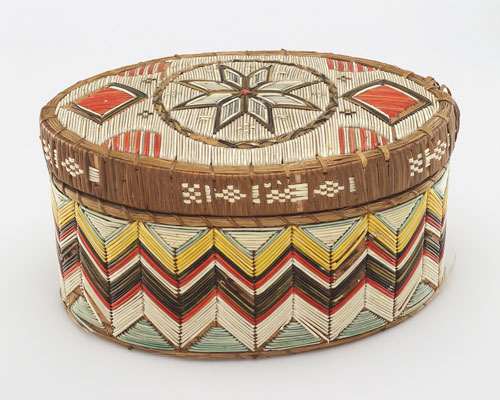It’s undeniable that fashion has always been a part of human culture, and with each discovery, the history of fashion is affected. For example, during the 1550s, when Spain was in the period of the Spanish Renaissance and a leading world power under the reign of the Habsburgs, fashion served as a visible expression of wealth. Royalty and nobles adorned themselves with lavish jewels like garnets and rich fabrics to flaunt their luxury.
The Spanish Renaissance also led to Spain’s colonization into the Americas, leading to the discovery of an insect that would revolutionize the fashion industry called the cochineal bug. It is a red worm-shaped bug indigenous to Mexico that is often found on a nopal, also known as a prickly pear cactus. Agricultures would pluck the red bugs off the cactuses to cultivate them into a rich red dye that soon became highly sought after among the nobility. The process involved submerging the insects into boiling water, drying them for six to seven days, and then crushing them to extract the dye. This vibrant hue created a movement in Spanish fashion in which the dye was considered more precious than gold or silver, symbolizing the true extent of wealth and status.
In fact, the widespread use of cochineal dye not only elevated Spanish fashion but also highly influenced global trends. Red became synonymous with luxury and prestige all across much of Europe, adorning the garments worn by monarchs and aristocrats. The discovery and cultivation of cochineal became a lucrative industry in Spain, further solidifying its position as a dominant power in the world, specifically in fashion.
In conclusion, the significance of this specific red dye in Spain’s history cannot be overstated. From its humble origins as a tiny insect found in the Americas to its transformation into a prized treasure that shaped fashion trends for centuries, the cochineal dye remains a testament to the enduring impact of cultural exchange and innovation in art, specifically fashion, history.















http://specodegdaoptom.ru/